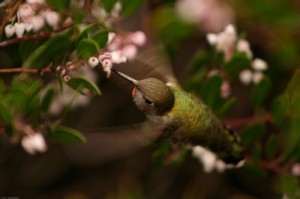Dear Mom:
I miss you so very much and cannot believe that it has been four years since your death. On this anniversary date, I am feeling such a mix of emotions. I am sad because you no longer here with those who love you so very much and happy because in your lifetime you provided me with a great legacy of wonderful memories to carry with me throughout my life.
There is so much that I wish I could share with you and talk to you about, but your memory lives on and is ever present in my heart and this serves to inspire and provide a source of encouragement whenever I need it. All along life’s way, I just try to remember the life lessons you taught me and that seems to help me along the way.
There are so many things that remind me of you. Some big and others just everyday ordinary events, but nevertheless all of them treasured. The thing I remember most is your great love of family and how you so enjoyed the various family gatherings. I also remember the many wonderful meals you cooked for us, especially your tuna patties, your holiday meals and so many more. I also remember how you were always there for me, making sure my needs were met whenever necessary, you were my greatest cheerleader or defender. Thanks! As for the ordinary things, it is impossible for me to see beautiful flowers (especially yellow roses) and not think of you, as that was your favorite flower, but you really loved just about any flower. You always had the yard so full of bright, beautiful flowers that we always had the yard full of birds. I will forever associate hummingbirds with my memories of you, as you always had the yard so full of feeders and plants to attract the hummingbirds. There were so many times that we would sit on the back porch and watch the hummingbirds chases each other, put on their aerial displays or even almost fly into the kitchen window. What wonderful, amazing shows those were!
This blog was started in you honor as a way to keep your memory alive as well as share our common love of hummingbirds with others. I think of you so often as I am writing the various posts for the blog, because I feel certain that you would have enjoyed discovering all the various information about hummingbirds that can be found here. I hope that my efforts with the blog would have informed, enlightened and entertained you and that it will do so with all the others who visit the blog.
Well, I just want you to know that your memory will live forever in my heart. You are thought of so very often, but especially on the anniversary of your death. Even though it has been four years ago today, I still miss you so very much and always will. I was truly blessed to be your daughter and I hope that my life today would make you proud of me and the person I have become. Love you!

